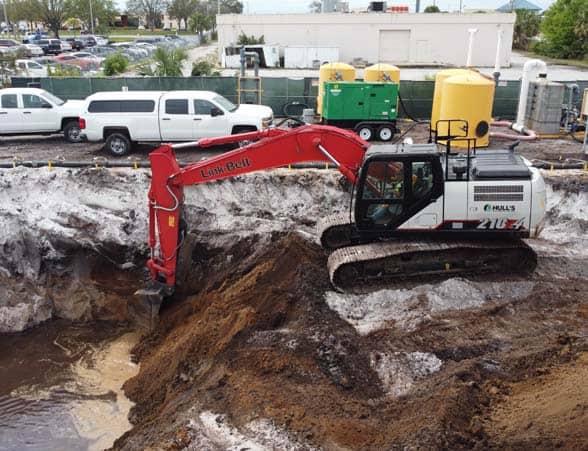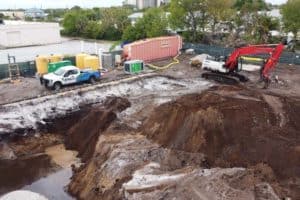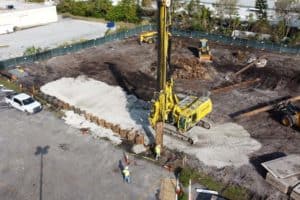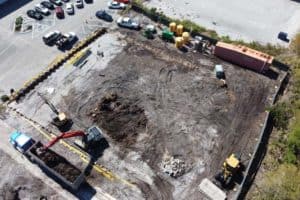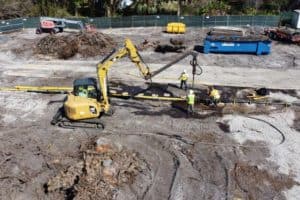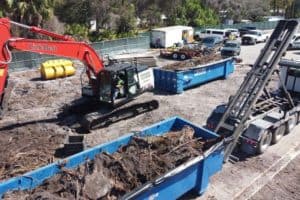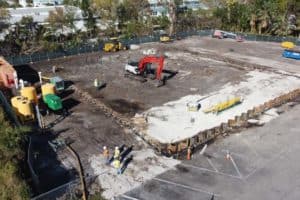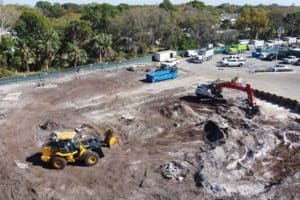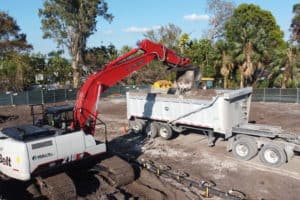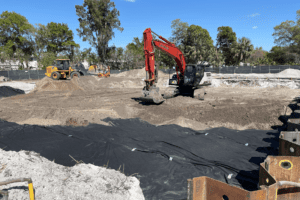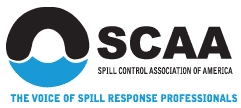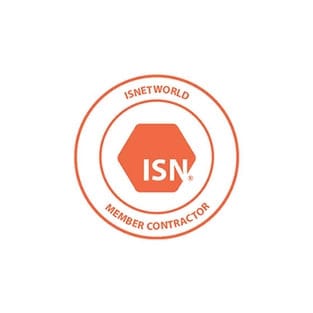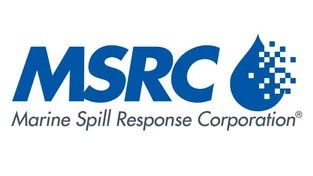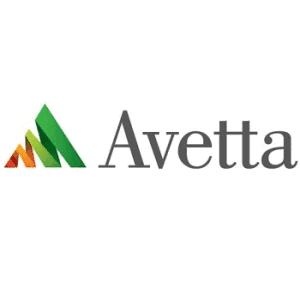History
The source removal site has been in operation since 1969 as a production facility for pharmaceutical enclosures. To address soil and groundwater impacts from releases at the site, a source removal plan was prepared using focused excavation to remove the bulk of the chlorinated solvents and reduce the potential for sorbed mass to continue to leach into groundwater.
Challenge
Bordered by a busy highway, residential properties, a commercial business and an employee parking lot, the source removal area was in very tight quarters. Compounding matters, for the duration of the project, was the production facility remaining open and operational which meant hundreds of employee vehicles and no alternative parking directly adjacent to the work site. Hull’s and its subcontractors were forced to park, stage, navigate and operate in an extremely confined area that contained personal vehicles, active deliveries and roaming employees. With all these hazards and logistical challenges, Hull’s had to coordinate the constant ingress and egress of tree chippers, a front end loader, excavators, a sheet piler, hundreds of dump trucks, and crew vehicles. COVID-19 safety protocols also had to be maintained.
Solution
Being a complex, subsurface, source removal project, Hull’s performed the work as the prime contractor to a major engineering firm, responsible for a wide variety of tasks including tree clearing, grubbing, stump removal, sheet piling, dewatering, excavation, waste transportation and disposal, backfilling, compaction, and restoration. Beginning as a heavily wooded area, the excavation zone was cleared of all trees and stumps followed by the insertion of 60 feet of heavy-duty sheet pile to reinforce the south side of the exavation plume which extended down to a depth of 16 feet. An active dewatering system was installed from approximately 2.5 feet below ground level to more than 15 feet. A carefully synchronized effort between soil excavation, live loading, transportation, disposal and backfilling was carried out daily for nearly four weeks to complete removal and restoration of more than 3,600 cubic yards of volume.
Outcome
When completed, nearly one acre of land was cleared and grubbed, over 4,900 tons of contaminated soil were excavated, 12 million gallons were dewatered, treated and discharged, and 5,000 tons of soil and aggregate were backfilled. Utilizing end-dump trailers, dump trucks and roll-off boxes, more than 600 loads of soil, backfill, vegetation and crushed rock were transported to or from the site. The production facility experienced zero disruptions and the project finished on schedule following the designated interim source removal plan developed by the engineering and consulting firm.
Resources
Wood chippers, chain saws, front end loader, excavator, mini-excavators, compactor, end-dumps, dump trucks, roll-off truck, roll-off boxes, dewatering system, sheet piler, sheet pile, crew vehicles


